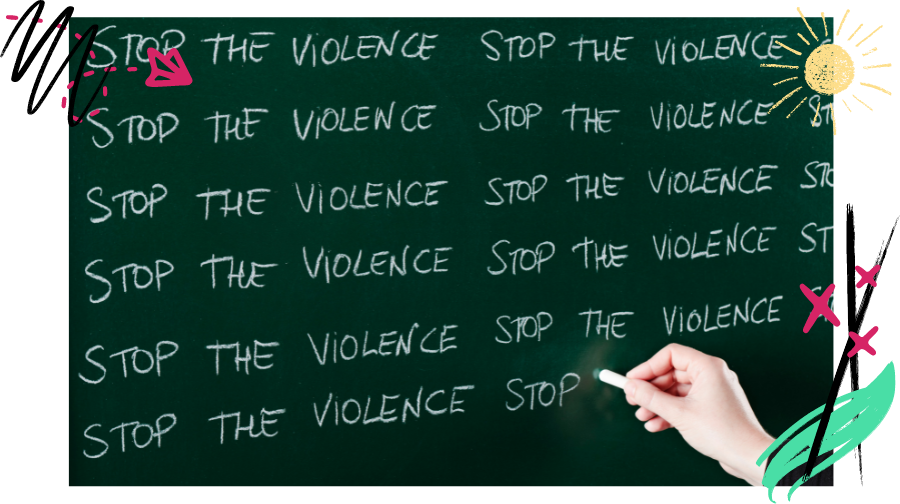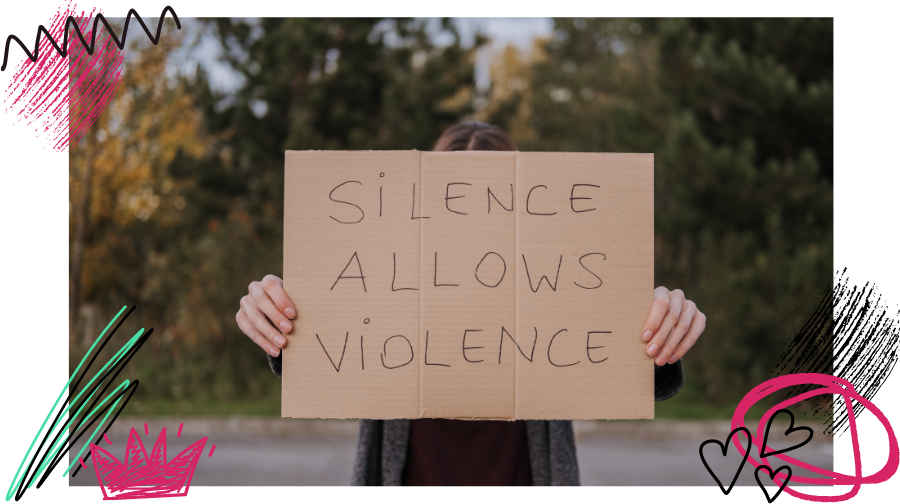Violence against women is a global epidemic that continues to plague societies worldwide. It is a manifestation of gender inequality, deeply entrenched societal norms, and power imbalances. However, by employing a comprehensive approach and engaging individuals, communities, and institutions, we can work towards eradicating this pervasive issue. This article explores various strategies to stop violence against women, emphasizing the importance of prevention, education, support systems, and systemic changes.
Education and awareness
One of the most fundamental steps in addressing violence against women is raising awareness and promoting education at all levels of society. This includes:
a. Comprehensive sex education: Implementing age-appropriate and inclusive sex education programs in schools that emphasize consent, healthy relationships, gender equality, and respectful communication.
b. Media literacy: Promoting media literacy programs to challenge harmful stereotypes and narratives that perpetuate violence against women. Encouraging critical thinking and media analysis can empower individuals to question and reject harmful portrayals.
c. Community workshops and campaigns: Conducting workshops, awareness campaigns, and community dialogues that educate individuals about the various forms of violence, its impact, and the resources available for survivors. These initiatives should encourage community members to become active bystanders and intervene when they witness abusive behaviors.

Legal reforms and justice
Creating robust legal frameworks and ensuring justice for survivors are vital components in stopping violence against women. Key strategies include:
a. Strengthening laws: Enacting and enforcing laws that criminalize all forms of violence against women, including domestic violence, sexual assault, harassment, and trafficking. Legislation should be comprehensive, addressing gaps in protection, and ensuring appropriate penalties for perpetrators.
b. Accessible legal aid: Establishing accessible legal aid services and support systems to help survivors navigate the legal process, file complaints, obtain protective orders, and access justice.
c. Eliminating impunity: Ensuring law enforcement agencies, judicial systems, and institutions are trained to handle cases of violence against women sensitively and effectively. This includes addressing biases, providing trauma-informed support, and prioritizing the rights and safety of survivors.

Empowering survivors and providing support
Supporting survivors of violence is crucial in their journey towards healing and recovery. Key strategies include:
a. Safe spaces and shelters: Establishing safe and confidential spaces, shelters, and helplines where survivors can seek refuge, receive counseling, legal assistance, and other support services.
b. Holistic support services: Providing comprehensive support services that address the physical, emotional, and psychological needs of survivors, including healthcare, counseling, job training, and financial assistance.
c. Survivor-centered approaches: Ensuring survivor-centered approaches that respect their autonomy, choices, and decisions throughout the healing process. Encouraging survivors to share their stories and amplifying their voices can contribute to destigmatization and empower others.
Promoting gender equality and challenging social norms
Addressing the root causes of violence against women requires challenging deeply ingrained social norms and promoting gender equality. Key strategies include:
a. Engaging men and boys: Recognizing that men and boys have a crucial role in ending violence against women, engaging them as allies and advocates. This includes promoting healthy masculinity, respectful relationships, and addressing toxic behaviors and attitudes.
b. Empowering women’s leadership: Encouraging women’s leadership and representation in all spheres of society, including politics, education, and workplaces. Women in positions of power can influence policy changes, challenge discriminatory practices, and advocate for gender equality.
c. Engaging communities: Collaborating with community leaders, faith-based organizations, and grassroots movements to foster a culture of gender equality, respect, and non-violence. This can involve community-led initiatives, awareness campaigns, and dialogues that challenge harmful norms and promote positive behavior change.

Systemic changes and accountability
Achieving lasting change requires systemic transformations and holding institutions accountable. Key strategies include:
a. Funding and resources: Allocating adequate resources to support organizations and initiatives working to end violence against women. This includes funding for prevention programs, survivor support services, research, and advocacy.
b. Data collection and research: Investing in comprehensive data collection and research to understand the root causes, prevalence, and impact of violence against women. Evidence-based approaches can inform effective prevention strategies and policy reforms.
c. Collaboration and partnerships: Encouraging collaboration among governments, NGOs, civil society organizations, and international bodies to share best practices, resources, and knowledge. Collaborative efforts can strengthen advocacy, influence policy changes, and create a united front against violence.
Conclusion:
Stopping violence against women requires a multifaceted and comprehensive approach that involves individuals, communities, institutions, and governments. By prioritizing education, legal reforms, survivor support, gender equality, and systemic changes, we can create a society where violence against women is not tolerated.
While progress has been made, there is still much work to be done. It is crucial for all stakeholders to come together, recognize the urgency of the issue, and take concrete actions to address violence against women. By empowering survivors, challenging harmful norms, promoting equality, and fostering a culture of respect and non-violence, we can create a world where every woman can live free from the fear of violence and fully realize her rights and potential.










